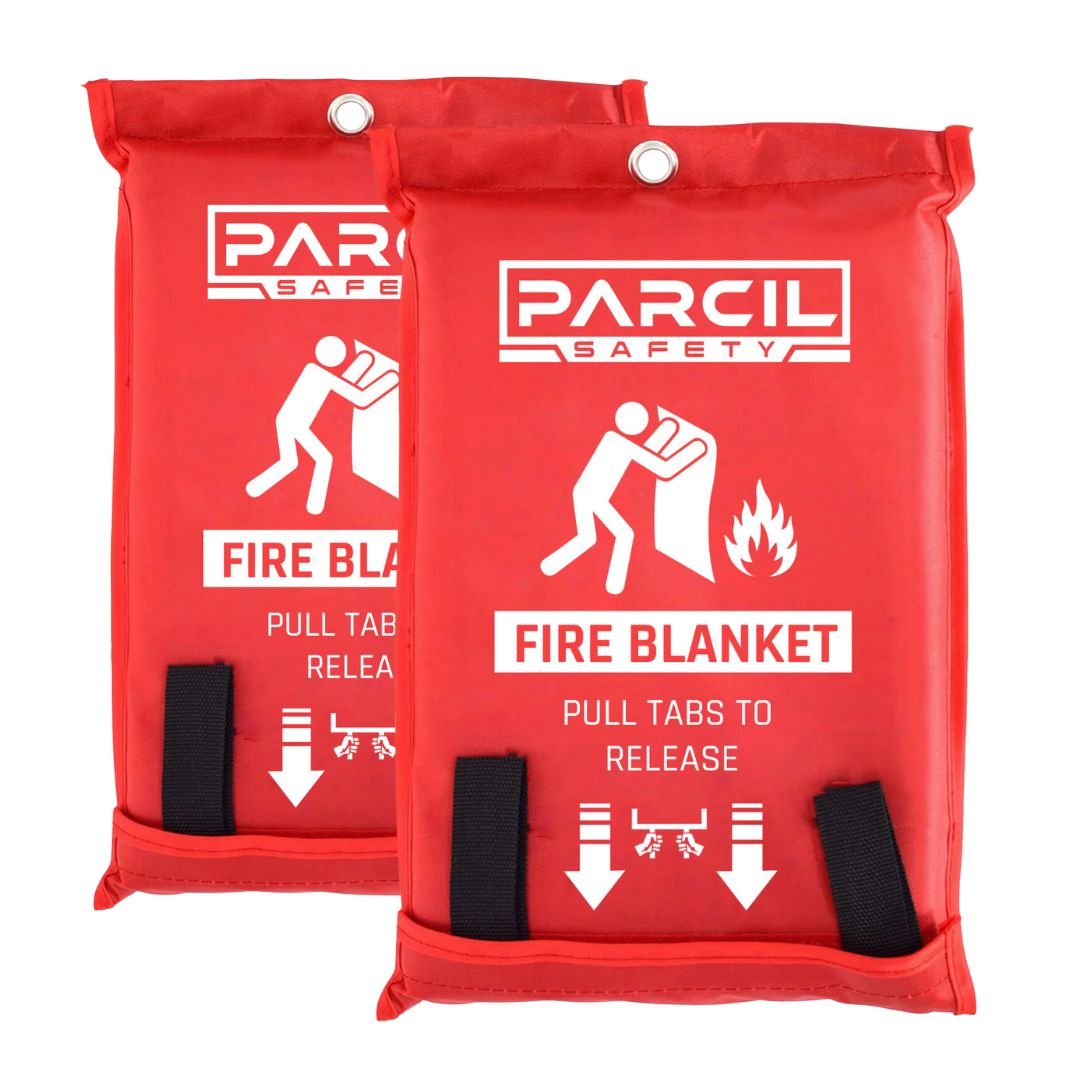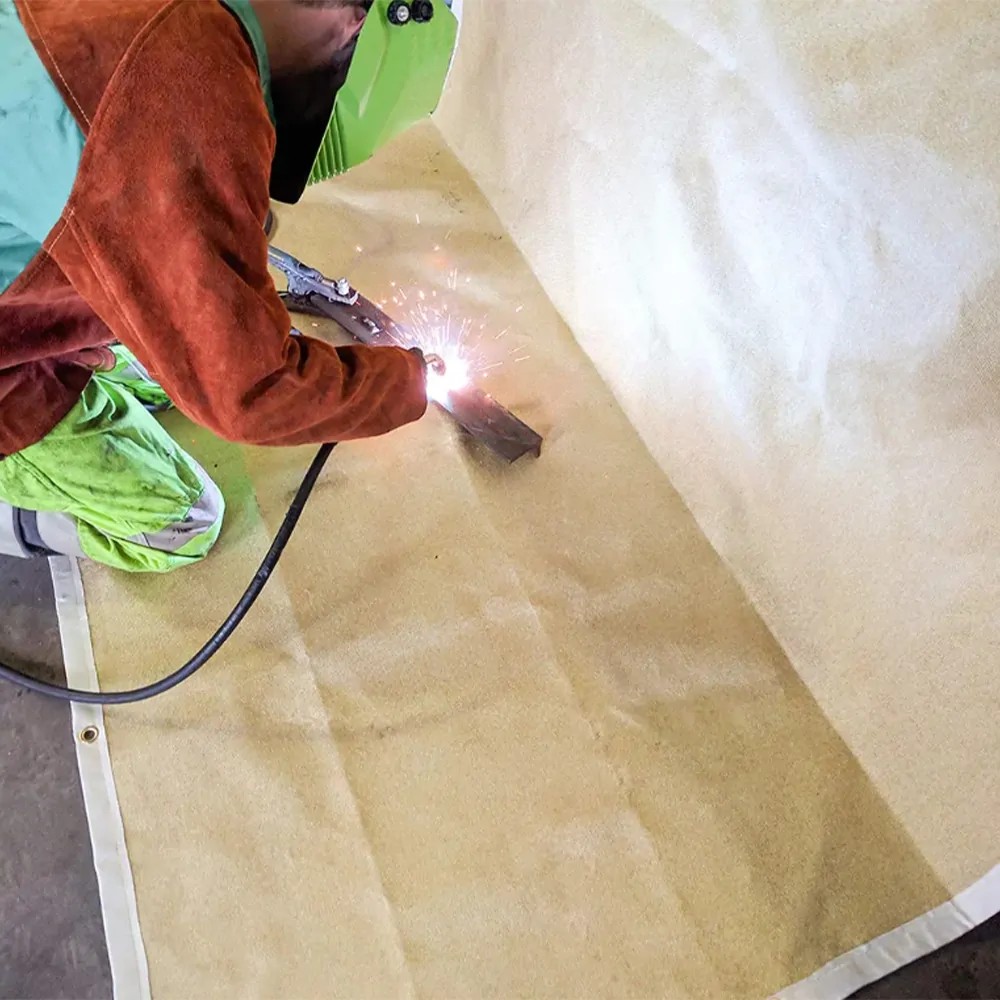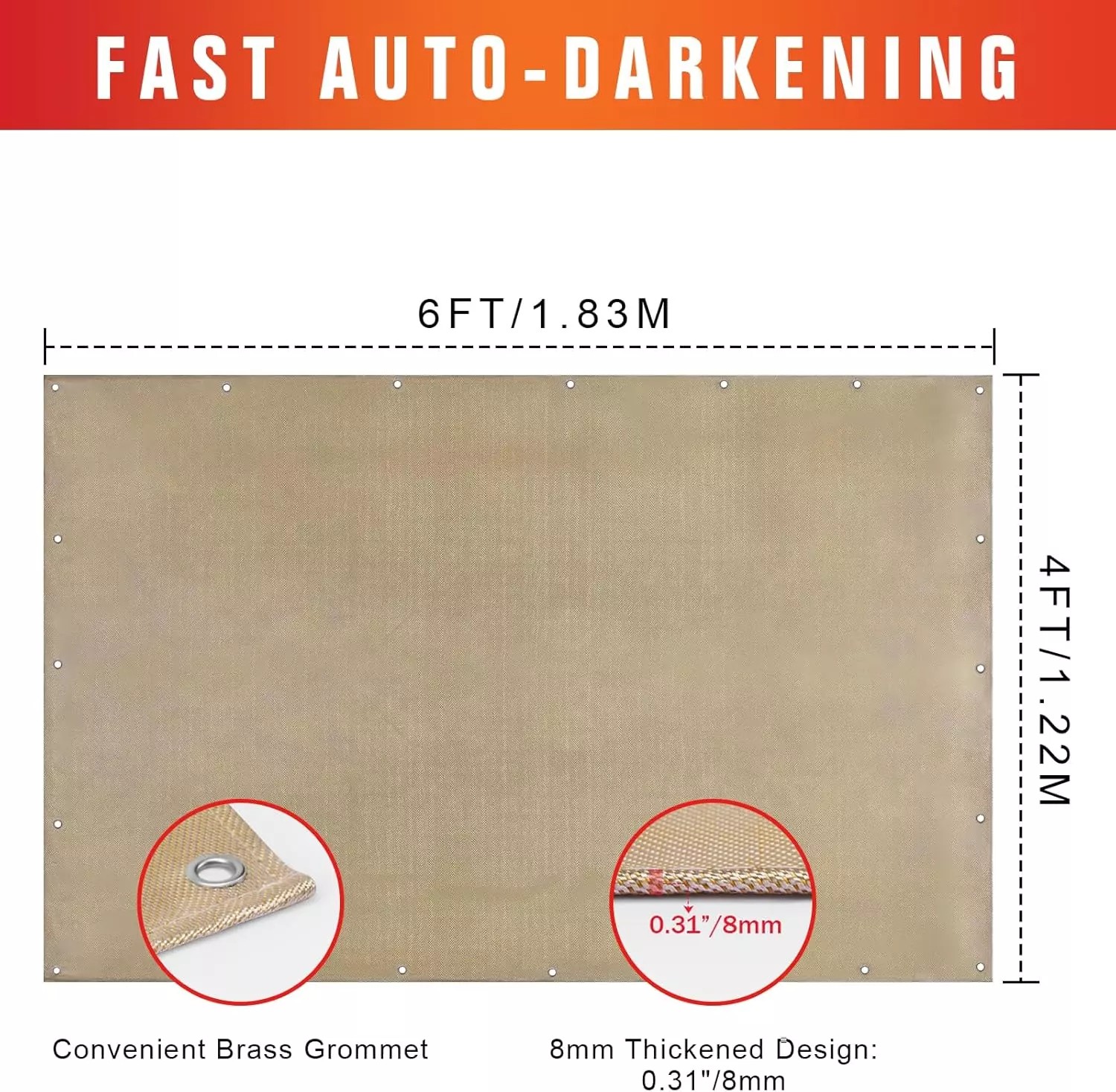Fire Blocking Against Blanket Insulation: Safety Measures & Best Practices
This article explains fire blocking techniques for blanket insulation. You'll learn why fire blocking matters, how to properly install it, and which materials work best. We cover building codes, common mistakes, and professional recommendations for maximum safety.
Understanding Fire Blocking and Blanket Insulation
When you install blanket insulation (like fiberglass or mineral wool batts), fire blocking becomes crucial for safety. These fluffy materials can accidentally help fires spread if not properly contained. Fire blocking creates barriers that slow down flames and smoke movement through hidden spaces in your walls, floors, and ceilings.
Why Fire Blocking Matters with Blanket Insulation
Blanket insulation has two fire-related risks you need to address. First, the material itself might be flammable (especially fiberglass with paper backing). Second, insulation creates air pockets that help fires grow. Proper fire blocking:
- Slows vertical fire spread between floors
- Prevents "chimney effect" in wall cavities
- Gives occupants more evacuation time
- Meets International Building Code (IBC) requirements
Where to Install Fire Blocking
You should place fire blocking at these critical locations when using blanket insulation:
- At the top and bottom of stud walls
- Around floor and ceiling penetrations (pipes, wires)
- Between floors in multi-story buildings
- At attic access points
- Where walls meet soffits or drop ceilings
Best Materials for Fire Blocking Against Blanket Insulation
Not all fire blocking materials work equally well with blanket insulation. The best options include:
- Mineral wool:Non-combustible and fits tightly around insulation
- Fire-rated caulk/foam:Expands to seal gaps (look for ASTM E814 rating)
- Gypsum board:Cut to fit as horizontal barriers in wall cavities
- Metal flashing:For high-risk areas like attic penetrations
Avoid regular spray foam or wood blocks - they often don't meet fire code requirements.
Step-by-Step Installation Guide
Follow these steps for proper fire blocking with blanket insulation:
- Identify all required locations per local building codes
- Cut insulation batts to leave space for fire blocking material
- Install horizontal fire blocks at maximum 10-foot vertical intervals
- Seal all edges with fire-rated caulk (minimum ⅜-inch bead)
- Around penetrations, pack mineral wool tightly, then apply fire caulk
- In attics, create fire breaks every 300 square feet

Common Mistakes to Avoid
Many DIYers and even professionals make these errors with fire blocking against blanket insulation:
- Using the wrong material (regular foam instead of fire-rated)
- Placing blocks too far apart (max 10 feet vertically)
- Not sealing edges completely (leaving small gaps)
- Forgetting fire blocking in concealed spaces like soffits
- Compressing insulation too much around fire blocks
Building Code Requirements
The International Residential Code (IRC) Section R302.11 specifies fire blocking rules. Key requirements when using blanket insulation:
- Fire blocks must resist flame penetration for at least 15 minutes
- Materials must stay in place during a fire (no melting/dripping)
- Vertical spaces over 10 feet need intermediate blocking
- All draft stops in attics must be fire-blocked
Always check your local amendments - some areas have stricter rules.
Professional Tips for Maximum Safety
Fire safety experts recommend these additional practices with blanket insulation:
- Upgrade to fire-resistant insulation types when possible (like rockwool)
- Install smoke alarms in all insulated cavities (attics, crawlspaces)
- Consider intumescent strips for extra protection around penetrations
- Label all fire blocks visibly for future inspections
- Combine fire blocking with proper vapor barriers
Maintenance and Inspection
Fire blocking needs occasional checks, especially after:
- Remodeling work that might disturb barriers
- Rodent infestations (they chew through materials)
- Moisture problems that degrade fire caulk
- Adding new pipes or wires through existing fire blocks
Use a flashlight to inspect hidden fire blocks annually. Reapply fire caulk if you see cracks or gaps.






